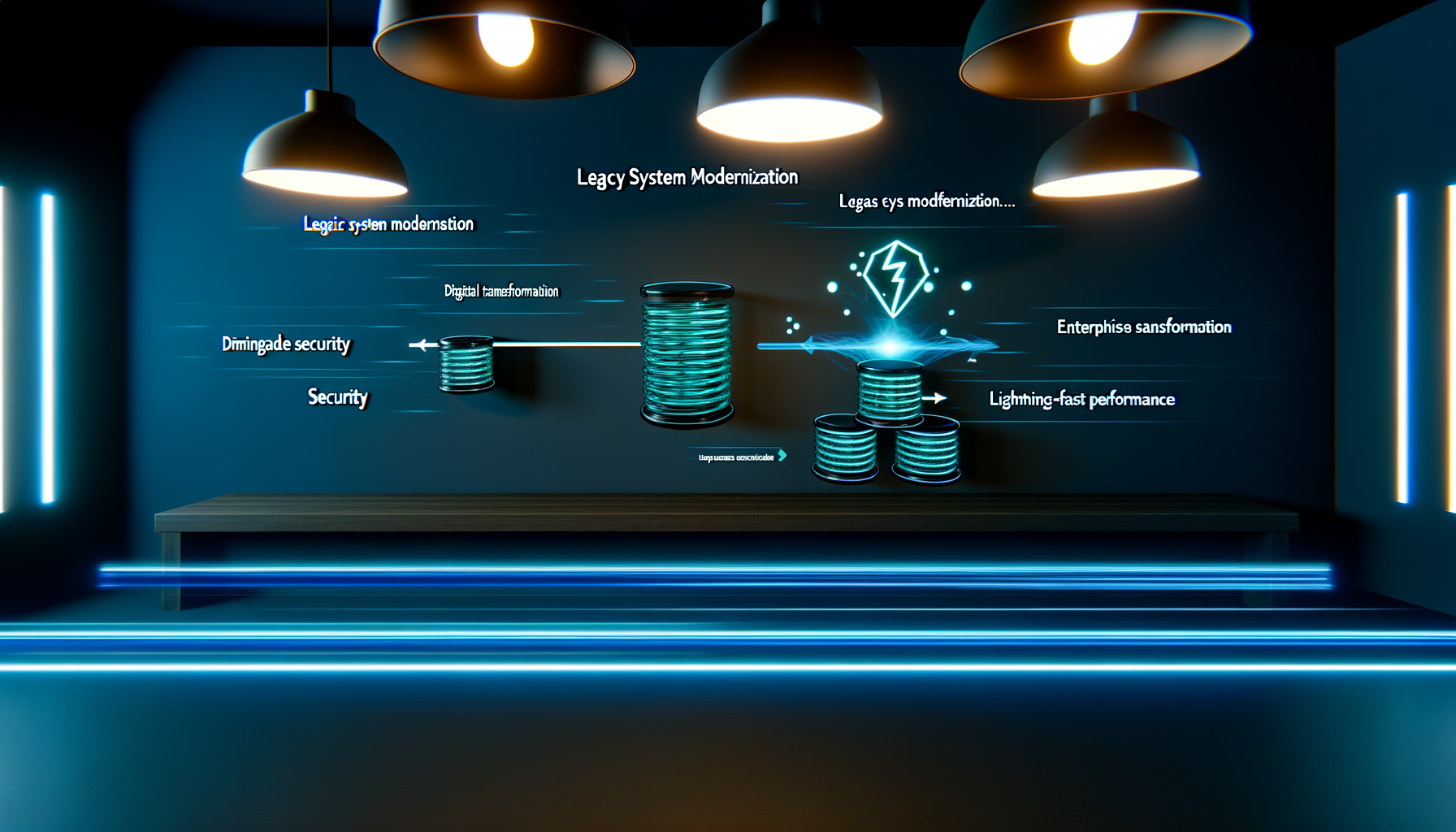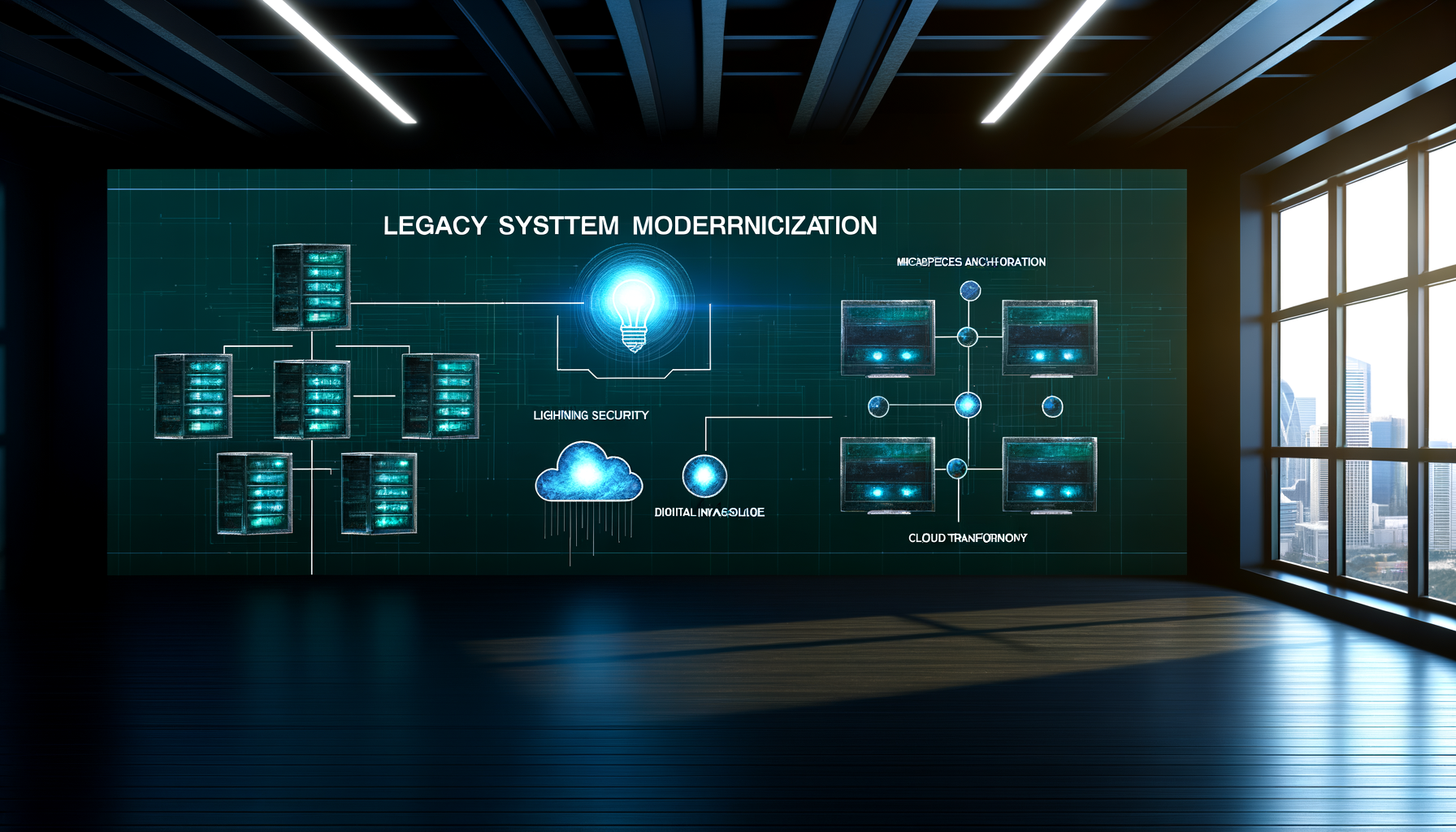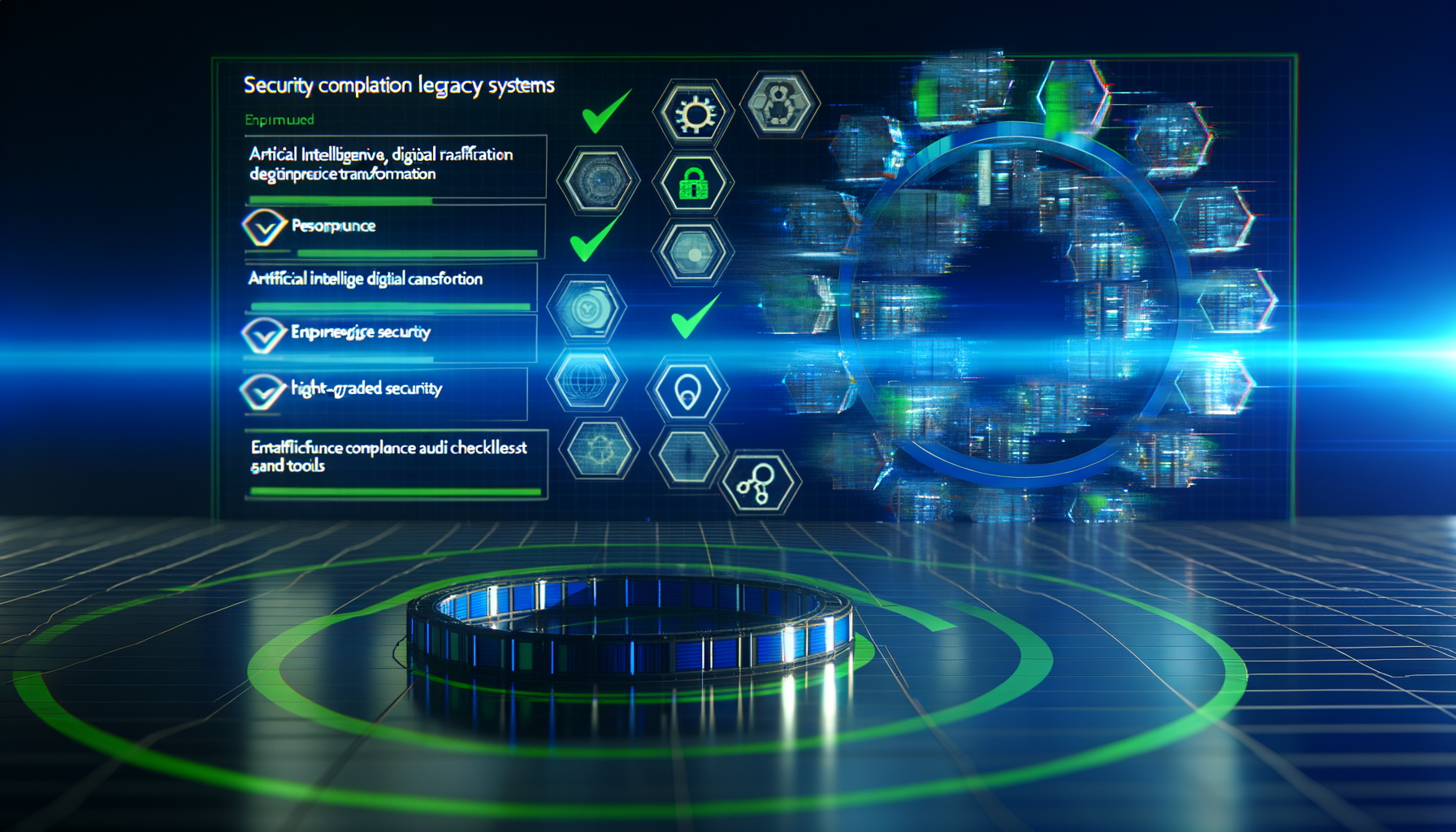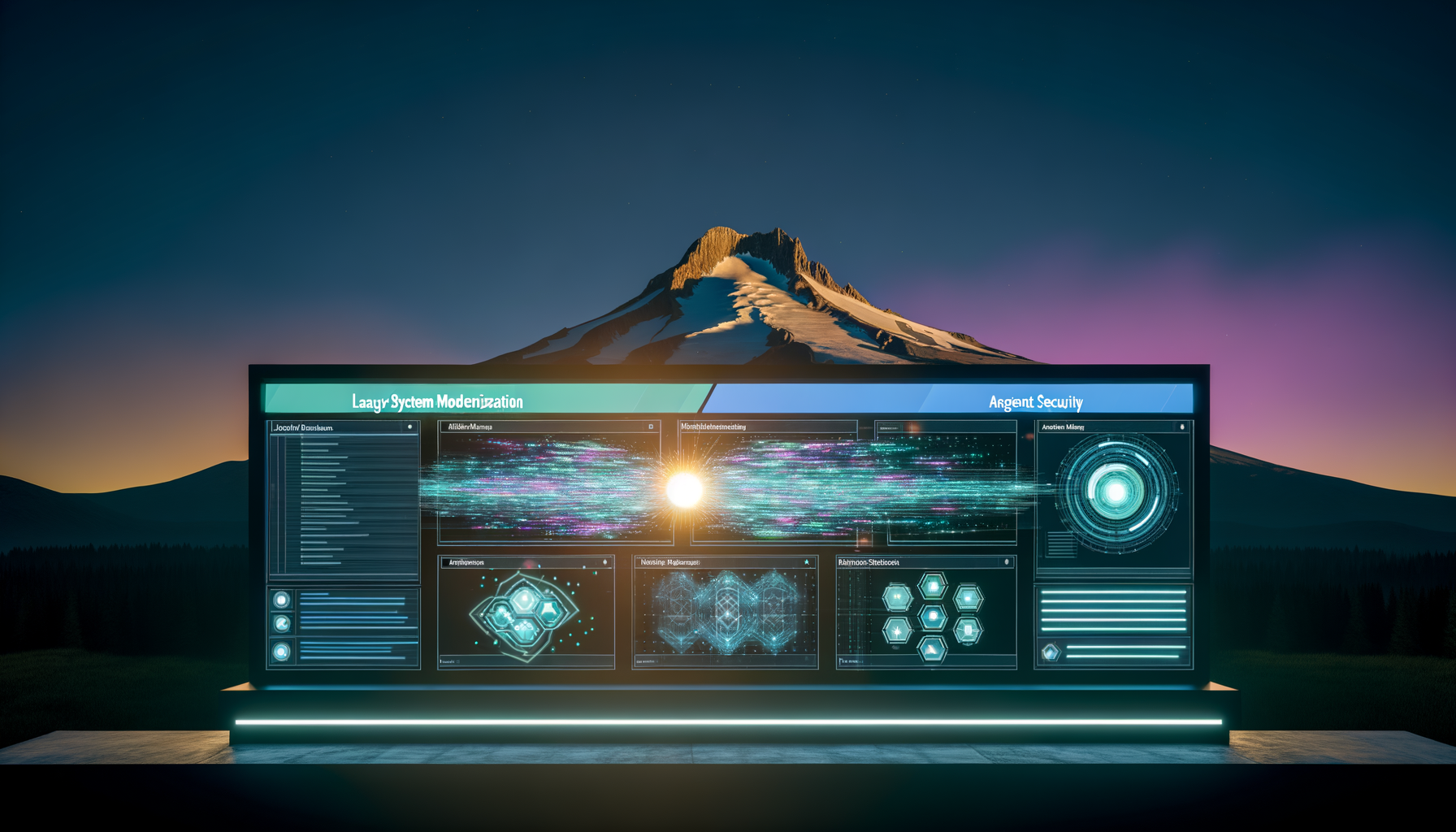Is your legacy system holding back your business potential? With 70% of IT leaders citing legacy systems as a barrier to digital transformation, the need for modernization is critical. This article uncovers strategic pathways to modernize your legacy stack, ensuring scalability, security, and a clear ROI on your investments.
Understanding Legacy System Bottlenecks

Diagram illustrating legacy system bottlenecks and solutions.
Legacy systems often become bottlenecks, hampering business agility and innovation. These outdated systems not only pose operational risks but also prevent seamless integration with modern technologies.
Technical debt is a primary concern, resulting in increased maintenance costs and reduced system performance. Companies frequently face challenges in finding skilled personnel familiar with aging technologies.
To address these issues, a strategic plan is essential, focusing on incremental upgrades and leveraging scalable, modern technologies.
CALLOUT
Did You Know? 90% of IT leaders acknowledge that technical debt affects their business.
Monolith to Microservices: A Strategic Shift

Microservices architecture diagram with cloud integration.
Transitioning from monolithic architectures to microservices is a crucial step in modernization. Microservices improve scalability and flexibility, allowing for independent deployment and management.
This architecture supports continuous integration and delivery (CI/CD), reducing time-to-market and enhancing system resilience. It also aligns well with cloud-native applications, enabling seamless cloud migration strategies.
Implementing a microservices architecture involves careful planning, ensuring that legacy applications are gradually decomposed into smaller, manageable services.
LIST
- •Enhances scalability
- •Supports continuous delivery
- •Facilitates cloud integration
Harnessing AI and Automation

AI-driven automation tools integrating with legacy systems.
AI and automation are key drivers in accelerating legacy system modernization. These technologies enhance data processing, improve decision-making, and automate routine tasks, increasing efficiency.
AI-driven automation tools can seamlessly integrate with existing systems, providing predictive analytics and insights that guide business strategies.
By leveraging AI, businesses can gain a competitive edge, transforming data into actionable insights and reducing operational costs.
QUOTE
AI is not just a tool for efficiency; it's a catalyst for innovation.
The Role of Low-Code and No-Code Platforms

Illustration of low-code platform interface with drag-and-drop tools.
Low-code and no-code platforms are transforming how businesses approach legacy modernization. These platforms empower non-technical users to develop applications, reducing development time and reliance on specialized IT resources.
They enable rapid prototyping and deployment, aligning with agile methodologies and supporting business agility.
Embracing low-code platforms can significantly lower costs, streamline processes, and accelerate digital transformation efforts.
LIST
- •Reduces development time
- •Empowers non-technical users
- •Aligns with agile methodologies
Navigating Security and Compliance

Security compliance audit checklist and tools.
Security and compliance are paramount in any modernization effort. As systems transition to the cloud and integrate new technologies, maintaining robust security measures becomes more complex.
Proper encryption, regular audits, and compliance with industry standards like GDPR and HIPAA are essential to safeguarding data.
Quicklook’s expertise in enterprise security ensures that modernization efforts not only meet but exceed industry security standards.
CALLOUT
Pro Tip: Regular security audits and updates are crucial for maintaining compliance.
Frequently Asked Questions
QWhat are the key benefits of modernizing legacy applications?
QHow can AI and automation accelerate legacy system modernization?
QWhat role do low-code and no-code platforms play in updating legacy systems?
Conclusion
Legacy system modernization is no longer optional; it's a strategic necessity. By transitioning to microservices, leveraging AI, and embracing low-code platforms, businesses can secure a competitive edge.
Future Vision
Embrace modernization today to ensure your organization is future-proof and primed for growth.
Schedule your AI audit with Quicklook.
